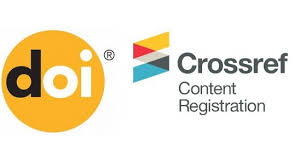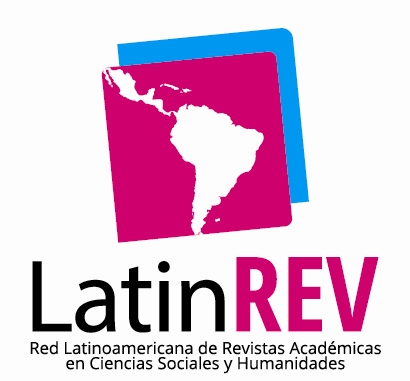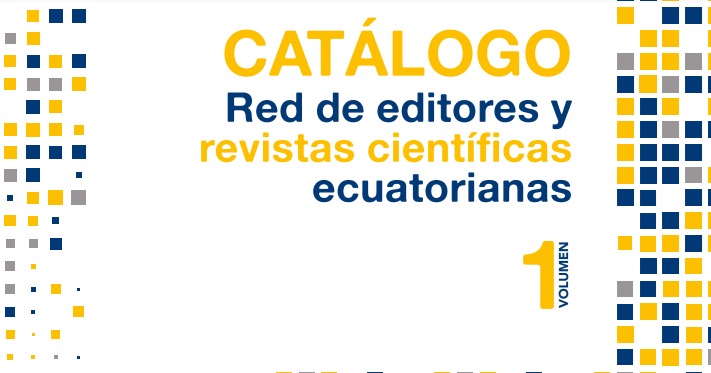VIDEOJUEGO EDUCATIVO Y SU INCIDENCIA EN LA VELOCIDAD DE PROCESAMIENTO Y MEMORIA
DOI:
https://doi.org/10.56124/tj.v6i11.0075Palabras clave:
neuro educación, video juego, velocidad de procesamiento, atención, concentraciónResumen
El presente artículo realiza un análisis de las zonas cerebrales de niños en edades comprendidas entre 8 y 10 años de quinto año de básica que son estimuladas mediante el uso de un videojuego didáctico llamado CIMOGSYS KIDS - KIDS IN ACTION; motor de videojuego multiplataforma para la asignatura de matemática del Quinto año de Educación General Básica. Para lograr los objetivos hemos utilizados dos métodos de investigación lógicos: inductivo-deductivo, y de observación. En el resultado de la interacción con el software libre interactivo, se comprobó un cambio significativo en el rendimiento de los estudiantes con resultados positivos de 1,54 puntos con respecto a la percepción inicial; revelado en la etapa de evaluación y con respecto a las zonas cerebrales activadas en estos niños mediante el videojuego: mejora en la capacidad de atención, mayor habilidad para interpretar mapas, más rapidez en la toma de decisiones, velocidad de procesamiento y sistema nervioso.
Palabras Clave: neuro educación, video juego, velocidad de procesamiento, atención, concentración.
ABSTRACT:
This article analyzes the brain zones of children between the ages of 9 and 10 in the fifth year of elementary school that are stimulated through the use of a didactic video game called CIMOGSYS KIDS- KIDS IN ACTION; Multiplatform video game engine for the subject of mathematics of the Fifth year of Basic General Education. To achieve the objective we have used two logical research methods: deductive and inductive, and an empirical research method that was observation. In the result of the interaction with the interactive free software, a significant change was found in the performance of the students with positive results of 1.54 points with respect to the initial perception; revealed in the evaluation stage and with respect to the brain areas activated in these children through the video game, improved attention span, greater ability to interpret maps, more speed in decision making, processing speed and nervous system.
Keywords: neuro educación, video juego, velocidad de procesamiento, atención, concentración.
Recibido: 05 de octubre de 2022; Aceptado: 19 de diciembre de 2022; Publicado: 09 de enero de 2023.
Descargas
Citas
Bourgonjon, J., Vandermeersche, G., De Wever, B., Soetaert, R., Valcke, M. (2016), Players’ perspectives on the positive impact of video games: A qualitative content analysis of online forum discussions, Revista New Media & Society, 18(8), 1732–1749, e- ISSN: 2228-9955. Recuperado de: https://doi.org/10.1177/1461444815569723.
Eun Lee, J., Huang, C., Pope, Z., Gao, Z. (2015). Integration of Active Video Games in Extracurricular Activity at Schools. Revista JTRM in Kinesiology. 4(1), 1-10, Recuperado de: https://eric.ed.gov/?id=EJ1053416
Hathaway WR, Newton BW. (2022), Neuroanatomy, Prefrontal Cortex. NCBI Bookshelf. A service of the National Library of Medicine, National Institutes of Health. 5(4), 2-20, Recuperado de: https://www.ncbi.nlm.nih.gov/books/NBK499919/
Netter, F. (2019). Atlas of Human Anatomy Editorial: Elsevier (7th ed.) Philadelphia, PA: Saunders. ISBN-13: 978-0323393225
Rivera, E. (2019). El neuroaprendizaje en la enseñanza de las matemáticas: la nueva propuesta educativa. Revista Entorno, Universidad Tecnológica de El Salvador, 4(67), 157-168, e-ISSN: 2218-3345. Recuperado de: https://biblioteca2.utec.edu.sv/entorno/public/journals/67/584-1-2254-1-10-20190719/?page=2
Roncancio, A., Ortiz, M., Llano. H., Malpica, J., Bocanegra, J. (2017), El uso de los videojuegos como herramienta didáctica para mejorar la enseñanza-aprendizaje. Revista Ingeniería Investigación y Desarrollo, 17 (2), 36-46, e-ISSN: 2422-4324. Recuperado de: https://revistas.uptc.edu.co/index.php/ingenieria_sogamoso/article/view/7184
Ružić-Baf, M., Strnak, H., Debeljuh, A. (2016), Online Video Games and Young People. Revista International Journal of Research in Education and Science, 2(1), 93-103, e-ISSN: 2148-9955. Recuperado de: https://www.ijres.net/index.php/ijres/article/view/90
Sampedro, B., McMullin, K. (2015), Videojuegos para la inclusión educativa. Revista Digital Education Review, 27(10), 122-137, e-ISSN: 2422-4224. Recuperado de: https://dialnet.unirioja.es
Sánchez, F. (2017), Estrategias de aprendizaje con videojuegos a partir de la neuroeducación. Revista Digital de Marketing Aplicado, 1(19), 33-45, e-ISSN 1852-2300. Recuperado de: https://ruc.udc.es/dspace/bitstream/handle/2183/22874/Redmarka_19_1_2017_art_2.pdf?sequence=2&isAllowed=y
Wechsler, D. (1945). A standardized memory scale for clinical use. The Journal of Psychology: Interdisciplinary and Applied, 19(1), 87-95. e-ISSN: 978-1-4615-1185-4. Recuperado de: https://doi.org/10.1080/00223980.1945.9917223
Wechsler, D. (1997). WAIS-III: Wechsler Adult Intelligence Scale - Third edition administration and scoring manual. San Antonio, TX: Psychological Corporation. 19(2), 19-20. e- ISBN: 978-1-4615-1185-4. Recuperado de: https://doi.org/10.1007/978-1-4615-1185-4_2
Publicado
Cómo citar
Número
Sección
Licencia
Derechos de autor 2023 Revista Científica y Arbitrada de Ciencias Sociales y Trabajo Social: Tejedora. ISSN: 2697-3626

Esta obra está bajo una licencia internacional Creative Commons Atribución-NoComercial-CompartirIgual 4.0.
























